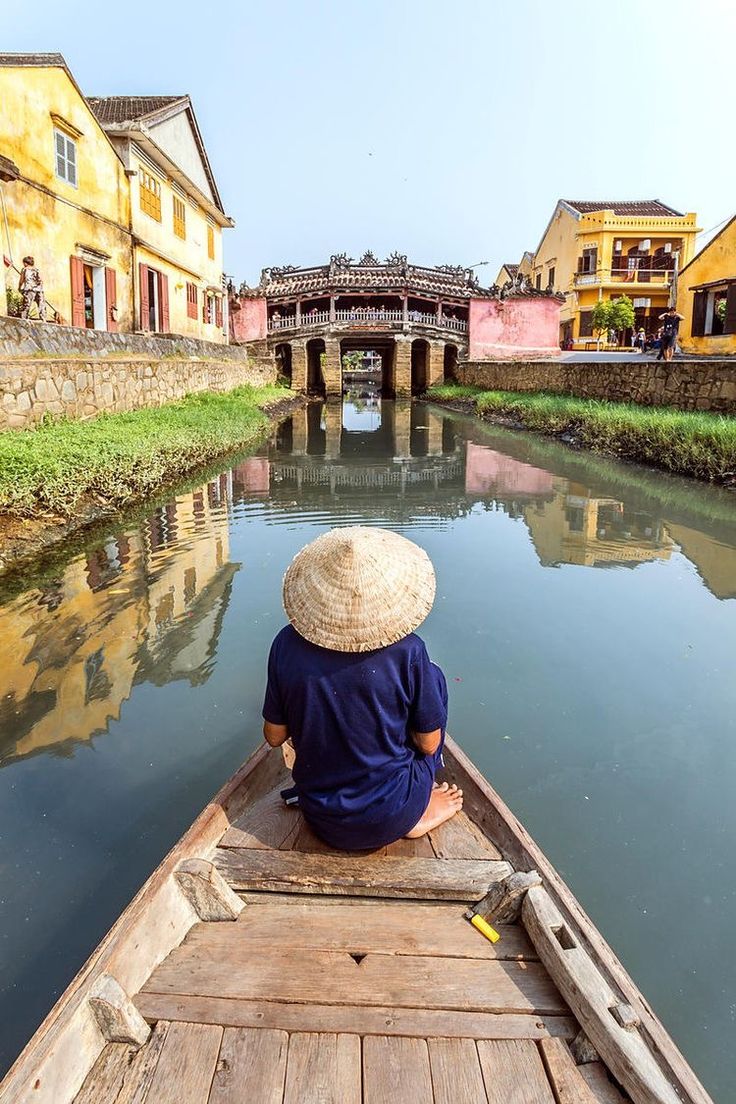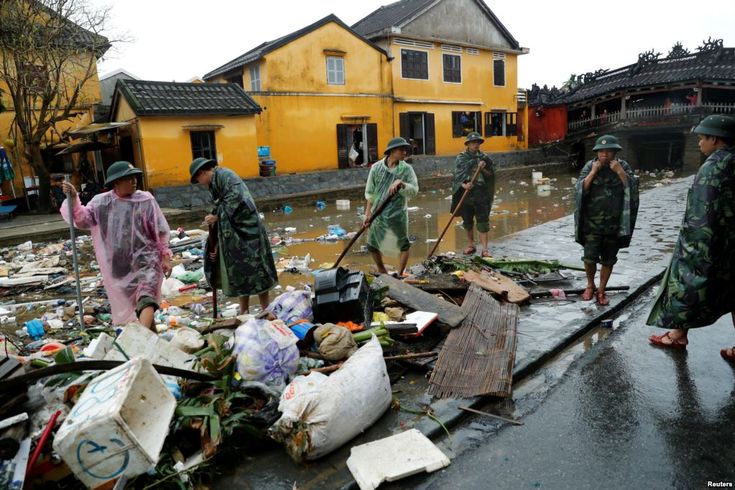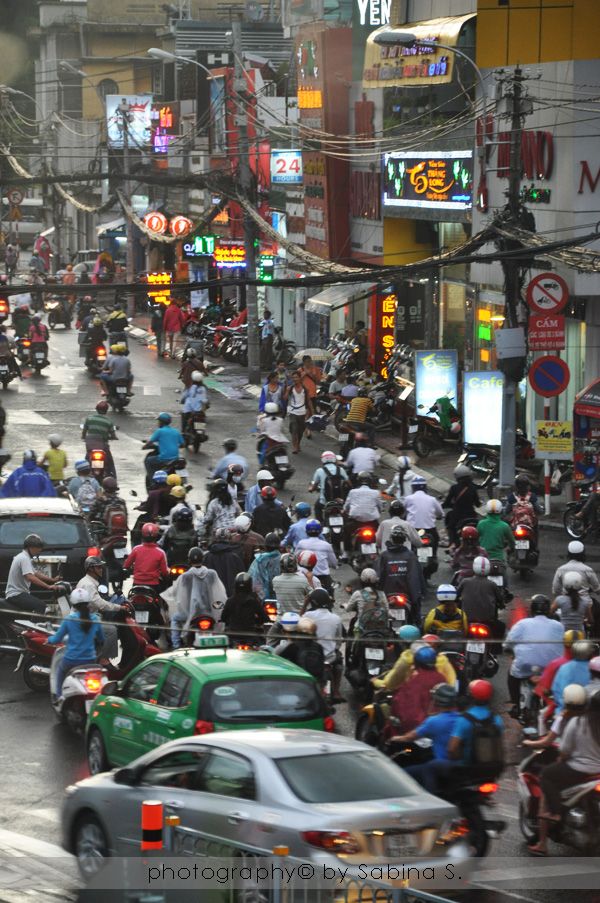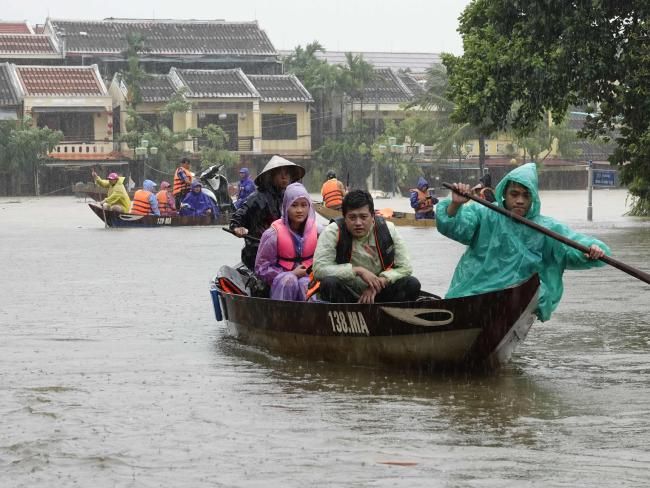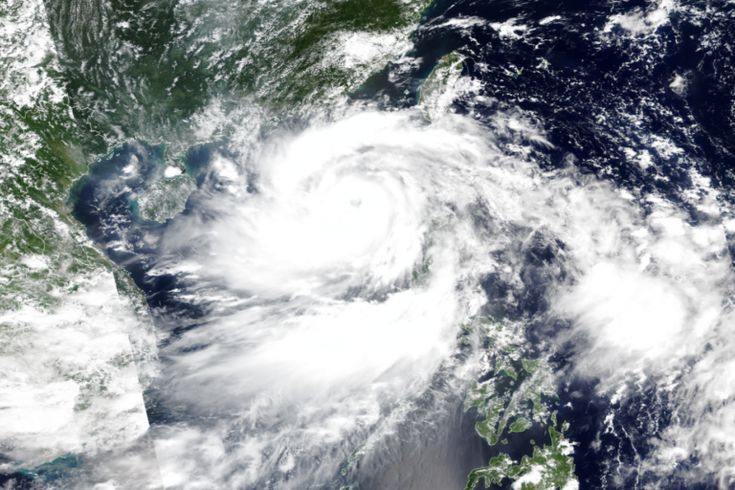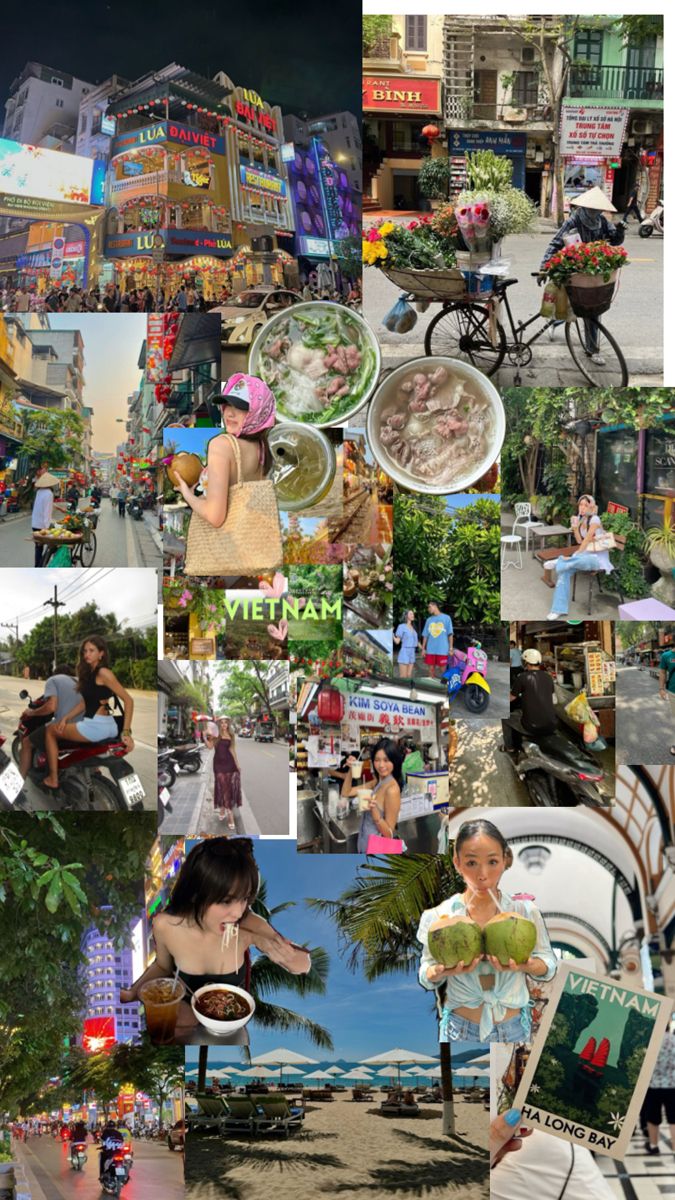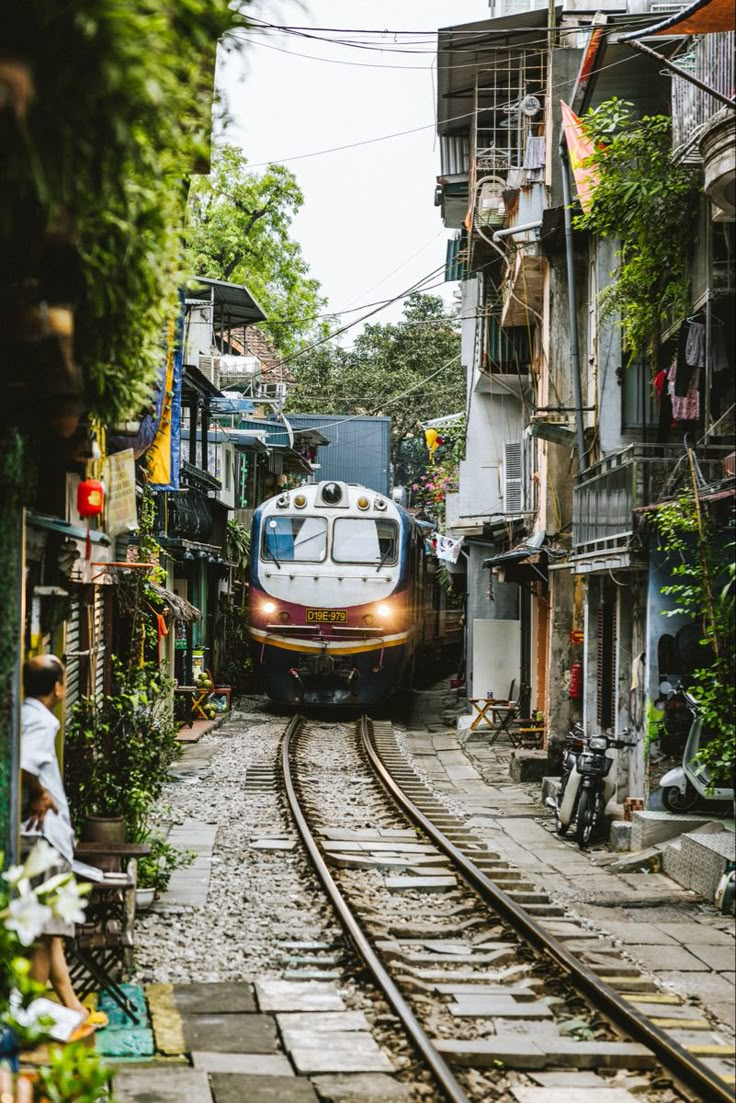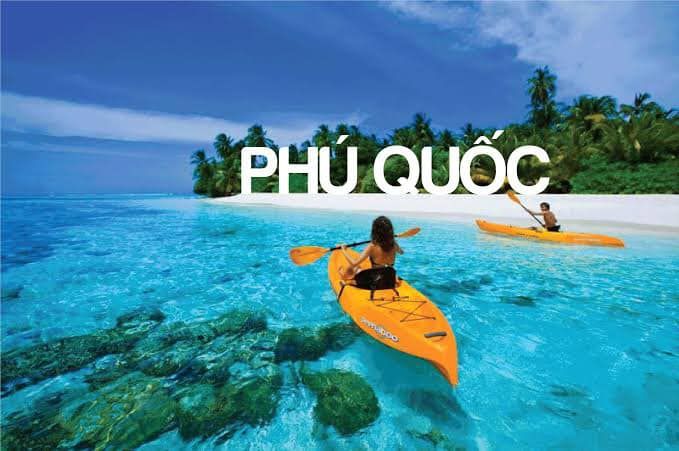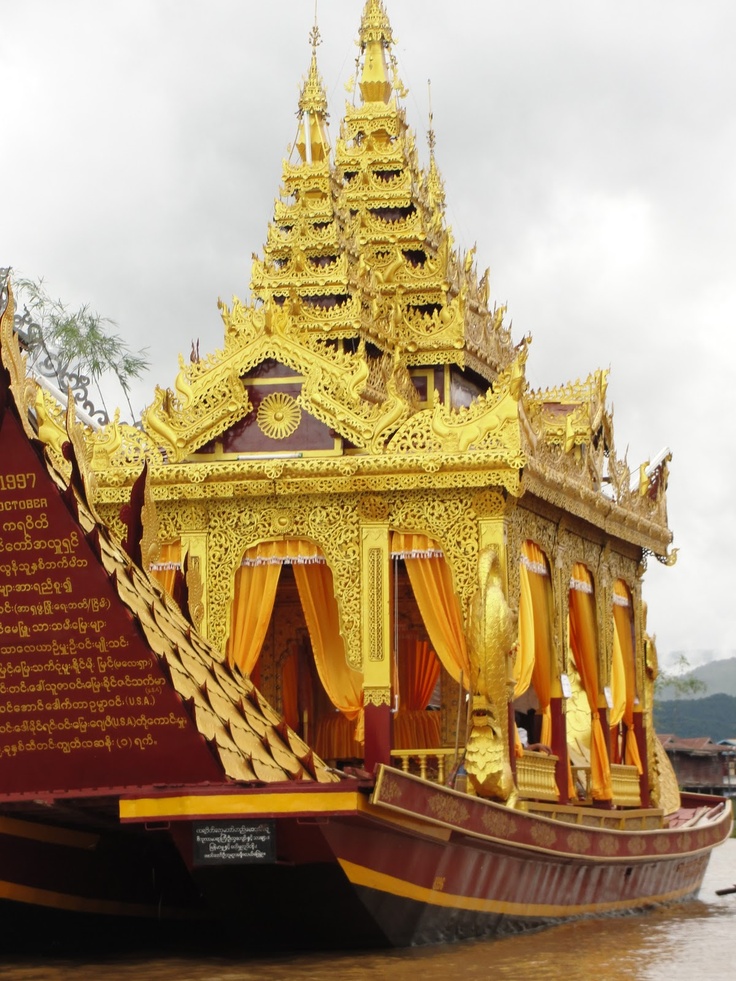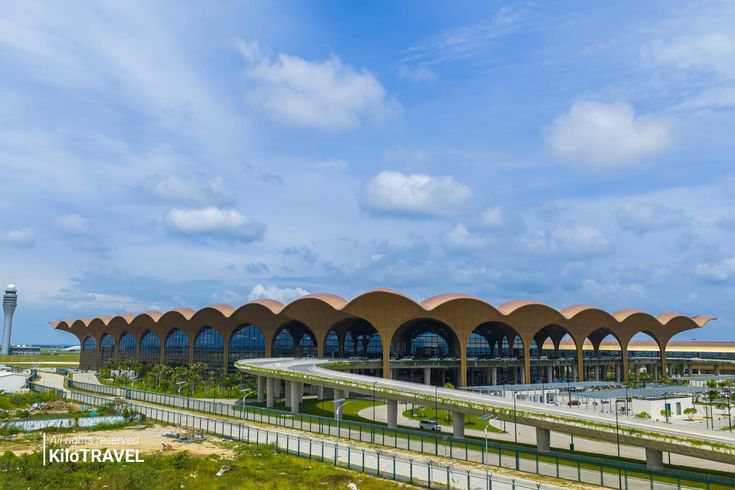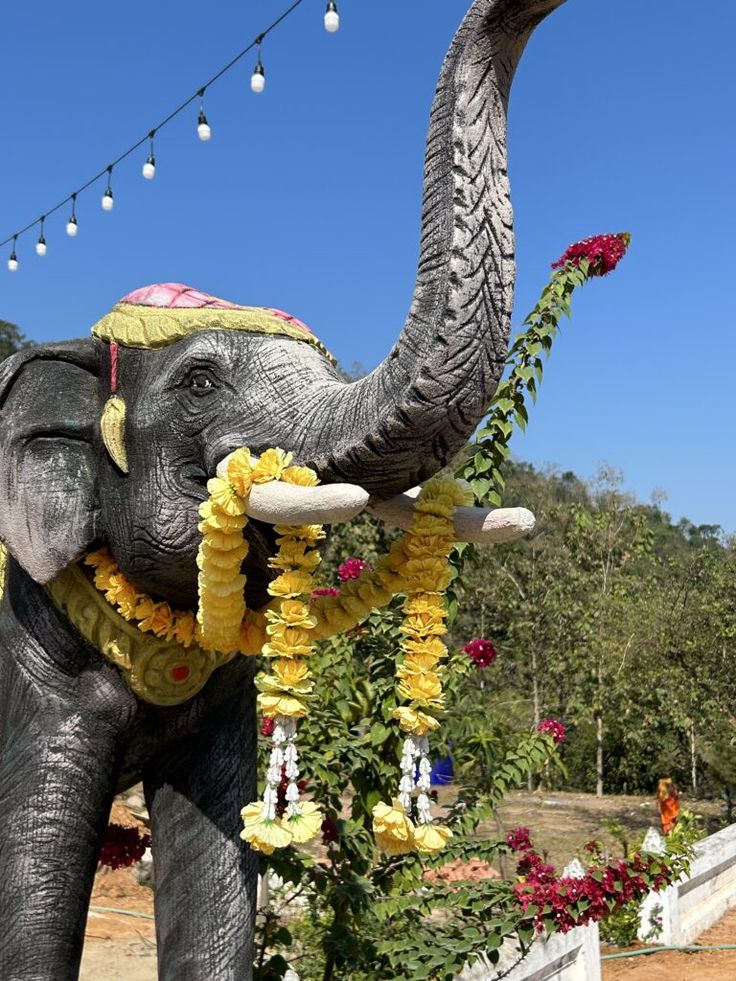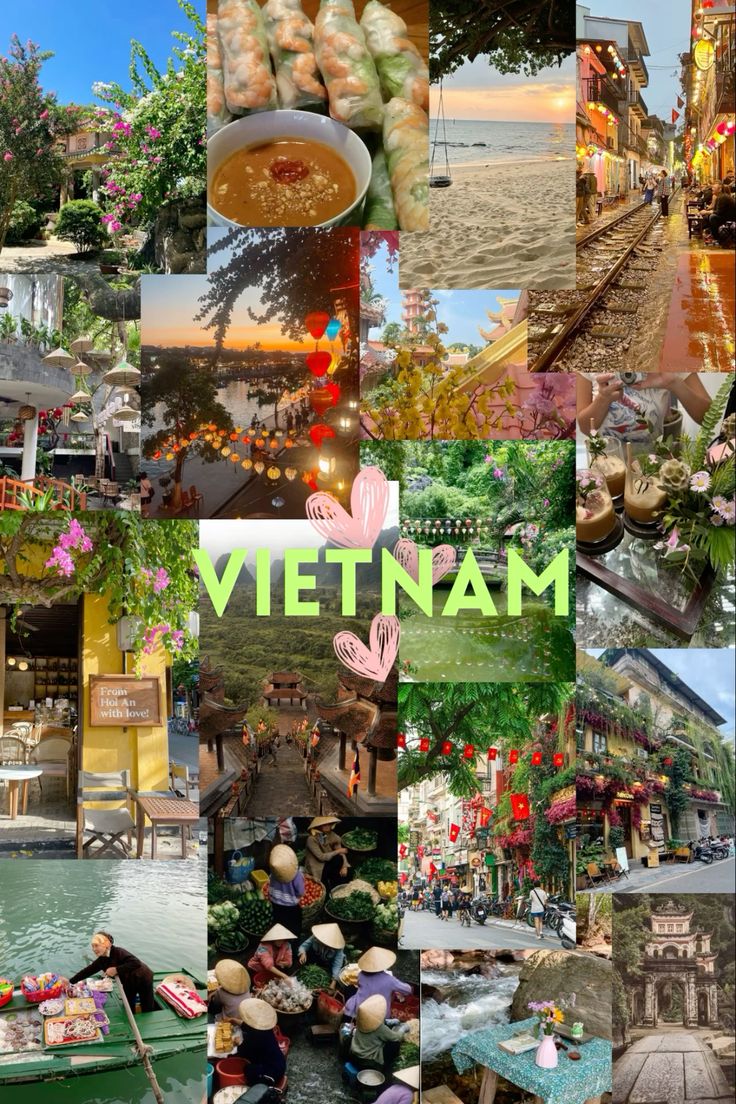Operational update, market implications, and how B2B partners can reassure customers
Typhoon Matmo made landfall in parts of Vietnam in early October 2025, prompting understandable concern from inbound markets and tour operators. In the immediate aftermath, travel advisories, flight adjustments and short-term disruptions were reported in several coastal and central provinces. However, within days local authorities and tourism stakeholders mobilized to restore services, reopen attractions, and communicate real-time status updates — demonstrating Vietnam’s improved crisis response and resilient tourism ecosystem.
This article summarizes what happened, the current operational status of major destinations, and, crucially for our B2B partners, practical steps to reassure customers, manage bookings, and turn a potential booking barrier into an opportunity for trust-building.
1. What happened — a concise timeline and immediate impacts
In early October 2025, Typhoon Matmo brought heavy rains and strong winds to parts of central and southern Vietnam. The most visible short-term impacts included:
-
Temporary flight delays and some cancellations at regional airports serving beach destinations.
-
Short-term beach closures and suspension of some maritime activities (e.g., snorkel/diving trips) in affected areas until sea conditions normalized.
-
Localized disruption to road access in low-lying or coastal communities due to temporary flooding or fallen debris.
-
A limited number of hotel service interruptions, primarily for properties that undertook precautionary power or safety checks.
Importantly, major tourism hubs such as Hanoi, Ha Long Bay, Hoi An, and Phu Quoc reported only relatively minor operational interruptions and moved quickly to resume normal services. According to reports from regional outlets including Travel Sense Asia, many ports and resorts reopened after safety inspections within days, while local tourism boards issued regular situation updates to global trade partners.
2. Why Vietnam’s quick recovery matters — operational readiness and resilience
The rapid recovery highlights several important improvements across Vietnam’s tourism infrastructure and crisis-management practices:
-
Improved coordination between central and local authorities enabled faster mobilization of emergency response and repair teams.
-
Higher readiness of private-sector suppliers — cruise operators, hotels and tour providers followed established safety protocols and contingency plans.
-
Standardized communication channels: real-time destination status reports and official advisories were published quickly, allowing trade partners to make informed decisions.
For international buyers, these operational strengths translate directly into reduced risk. Where disruption is unavoidable, the presence of clear, reliable updates and contingency services (alternative excursions, flexible transfers, rebook options) is what reassures clients and preserves conversion rates.
3. Current destination status — what is open and what to monitor
As of the most recent updates following Matmo:
-
Hanoi & Northern Heritage Circuits — fully operational. Cultural attractions and domestic flight schedules largely stable.
-
Ha Long Bay — cruise operations resumed after mandatory port safety checks; overnight cruises operating with revised protocols where necessary.
-
Central Vietnam (Hoi An, Hue) — historic sites and town centers reopened; river activities running with standard weather precautions.
-
Phu Quoc & Southern Resorts — beaches and major resorts report normal operations; day tours and island activities restored with safety advisories.
-
Secondary sites — some rural or remote communities may still be completing localized repairs; always confirm last-mile road access before scheduling transfers.
What to monitor: short-term weather forecasts, local port advisories for maritime excursions, airline flight updates, and supplier operational notices. For MICE programs, liaison with venues and hotels remains essential to confirm readiness.
4. Strategic implications for B2B partners and tour operators
From a commercial and operational standpoint, the storm episode creates both challenges and opportunities:
Challenges
-
Temporary uncertainty can suppress last-minute bookings and encourage cancellations if customers feel uninformed.
-
Reputational risk if partners or agents relay inconsistent or outdated information.
-
Operational strain for suppliers who must process refunds, changes, or re-accommodations under compressed timelines.
Opportunities
-
Trust-building: rapid, transparent communications and helpful contingency policies transform uncertainty into a demonstration of reliability.
-
Differentiation: partners who proactively share verified destination-status updates and alternative itineraries gain a competitive edge.
-
Conversion lever: curated “safe-to-travel” content and reassurances (insurance options, flexible booking terms) can revive hesitant leads.
5. Practical messaging & actions for partner communications
Here are ready-to-use tactics that B2B partners and wholesale agents can deploy immediately:
A. Reassurance message (template):
Subject: Quick update on Vietnam travel safety — post-Matmo
Body:
Dear [Agent/Partner],
Following Typhoon Matmo, we’ve confirmed that Vietnam’s principal tourism hubs — Hanoi, Ha Long, Hoi An and Phu Quoc — are operating normally. Local authorities and hospitality teams have completed safety checks and reopened services. If you have clients booked within the next 14 days, we can provide up-to-date destination status, alternative activities, and flexible rebooking options. Please reply with your booking references and we will assist promptly.
Warm regards, [Your Company / AnVui Travel]
B. Customer-facing reassurance content
-
“Destination status” banners on the product page: green for open, amber for partial restrictions.
-
FAQ section answering common concerns (flight safety, beach access, health & safety measures).
-
Short video clip from the ground (30–60 seconds) showing resorts/attractions open and staff readiness.
C. Sales & ops playbook
-
Prioritize confirming hotel and transfer availability 48–72 hours ahead.
-
Offer alternative shore excursions or inland activities when maritime trips are temporarily unsafe.
-
Keep a list of partner hotels with proven contingency capabilities (backup power, strong communication procedures).
6. Preparing offers: converting caution into bookings
To accelerate demand recovery, consider short-term product and pricing adjustments:
-
“Peace of Mind” packages with inclusive travel protection and free rebooking within a specified window.
-
Short-stay promotions emphasizing safe, fully operational attractions (city stays, cultural walks, curated foodie experiences).
-
Enhanced fam-trip invites for trade partners and key agents to see recovery first-hand — a powerful trust-building tool.
AnVui Travel has already compiled a set of partner-ready offers and advisories for agents who want to proactively market Vietnam now.
7. AnVui Travel’s role and next steps
At AnVui Travel, our priority is operational clarity and partner support. Immediately after the storm we:
-
Verified real-time operational status with hotel, cruise and transport partners.
-
Prepared partner advisories and rebooking protocols to minimize client disruption.
-
Collated a roster of alternative activities and safe itineraries to offer clients as substitutes for weather-affected excursions.
If you need destination status updates, alternative program ideas, or messaging templates to reassure your clients, reach out to our partnerships team. We are ready to support agent communications, handle on-the-ground logistics, and co-create resilient product offers.
Conclusion — Resilience is a competitive advantage
Typhoon Matmo was a test of readiness; Vietnam’s rapid recovery demonstrates both institutional and industry-level resilience. For B2B partners, the immediate priority is not only to confirm safety but to turn reassurance into relationship capital — by communicating clearly, adapting offers, and providing tangible service guarantees.
Vietnam remains open. With the right messaging and operational support, partners can convert caution into confidence — and ensure that travelers continue to choose Vietnam for meaningful and safe experiences across Indochina.
📩 Need up-to-date destination status or partner materials?
Contact AnVui Travel Partnerships: info@anvuitravel.com — we’ll provide verified destination reports, contingency itineraries, and marketing copy you can use immediately.

